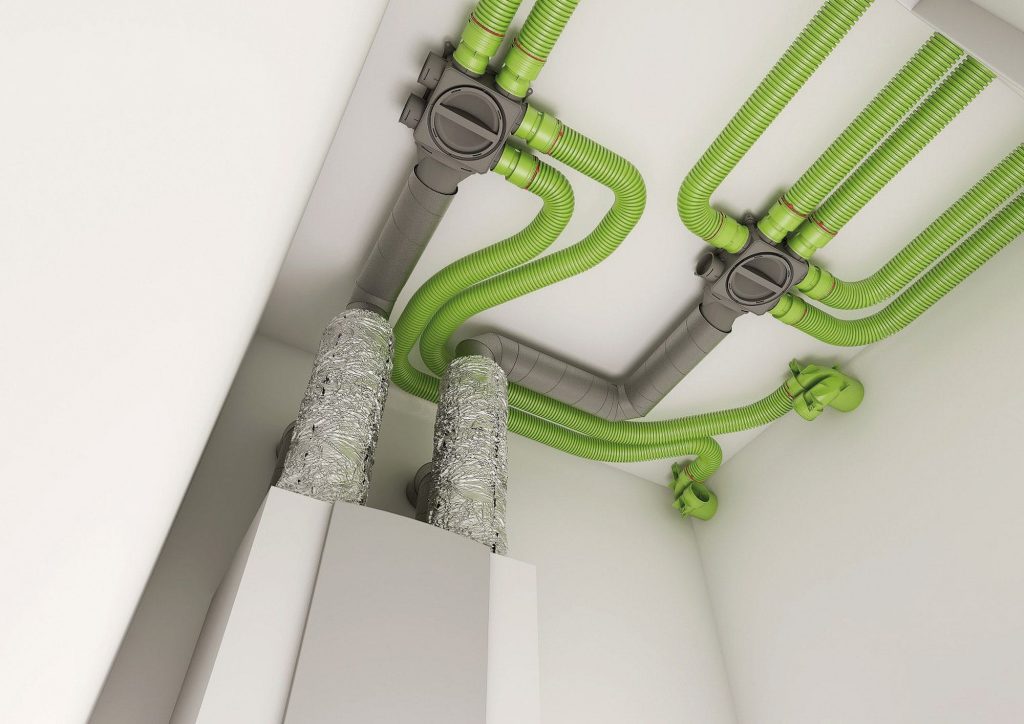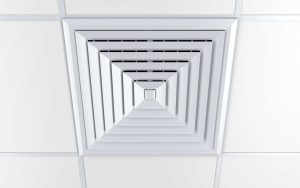Cost of installation
Adding a heat recovery ventilation system to your home can be an expensive endeavour. You will need to run ductwork throughout the house to bring fresh air into the house while exhausting stale air to the outside. Whole-house systems are generally installed in new homes but can be retrofitted into older homes if the ductwork already exists. The cost of installation will vary depending on the size and style of the heat recovery ventilation system.
A mechanical air exchange system cost can vary depending on the type of system and the number of rooms in the home. These systems can be controlled with a thermostat or humidity sensor and can exchange heat and water vapour to control the interior humidity of the home. The systems are especially effective in humid climates where humidity is a concern. They can also be installed in basements and attics.
Energy savings
A heat recovery ventilation system is a highly effective way to reduce indoor air pollution. By capturing and delivering energy from the exhaled air, it can achieve up to 70 percent energy savings. These systems are particularly cost-effective in high-cost climates and areas with extreme temperatures. In such a situation, the energy savings achieved by not conditioning the supply air may outweigh the additional electricity usage for system fans. The following are some of the benefits associated with a heat recovery ventilation system.
In summer, the system reverses the transfer of humidity from the outside air into the indoor air. This reduces the load on air conditioning systems and dehumidifiers. This energy-efficient ventilation system also reduces the load on heating and cooling systems. The cost of an HRV unit can vary, the payback period is typically six to eight years. In addition to these energy savings, an HRV unit also improves indoor air quality.
Cost of operation
Installation and maintenance costs vary, and the cost of a heat recovery ventilation system varies depending on the configuration and complexity. Some systems can be fully ducted, while others use an air monitoring system. Installers can also combine projects or install heat pipes at the supply end. Heat pipes are more efficient than horizontal ones, and require less maintenance. Installation costs can be reduced by combining similar jobs, or by completing the job during low-demand periods.
A heat recovery ventilation system is similar to an HVAC system, except it transfers water vapour along with heat. It can lower the load on heating equipment and save on air conditioning costs. A heat recovery ventilation system can also help maintain humidity levels in a home, making it more efficient in humid climates. And because the ventilation rate is reduced, the system can save on electricity bills. But the cost of its operation depends on how often it is used.
Health benefits
The benefits of a heat recovery ventilation system go beyond the comfort of the occupant. As many as fifteen to twenty-five percent of the heat that we produce in our homes escapes through air leakages. In addition to reducing global energy consumption, a heat recovery ventilation system improves indoor air quality, which is vital for our overall health. As a matter of fact, in the UK and Ireland alone, over five million people have asthma, and another twenty-one million suffer from airborne allergies. These numbers are only growing and are rising. Furthermore, an HRV system prevents mould from growing in any room, which is particularly damaging for the health of those with compromised immune systems and chemical sensitivity.

Studies have shown that the indoor air quality of the workplace affects the cognitive performance of workers. Heat recovery ventilation helps increase learning in classrooms and reduces carbon dioxide levels. Studies show that an increase in fresh air in the workplace improves worker mood and productivity. With proper ventilation, a heat recovery ventilation system is ideal for hospitals and healthcare facilities. Furthermore, it prevents the spread of germs and promotes optimum health. Heat recovery ventilation systems reduce the risk of developing illness and promoting healing.
Size of system
The right size of heat recovery ventilation system is vital to an energy efficient building. The ASHRAE Standard 62.1 establishes minimum air movement and freshness requirements for buildings. HVAC systems can be sized by air movement and efficiency, and the right sizing will ensure that the system performs at its peak. Here are some tips on how to size an HVAC system without square footage. Using a sizing calculator is an effective way to determine how large your system needs to be.
The sensible recovery efficiency column displays the amount of heat transferred per unit of air. Generally, this figure should be 80% or greater. The air flow efficiency is expressed as cfm per watt. To calculate the air flow efficiency, multiply Net Airflow by Power Consumed. If it is at least 1.25 cfm/watt, you have selected a high-efficiency system. Once you know the size of your system, you can choose a brand and model accordingly.





